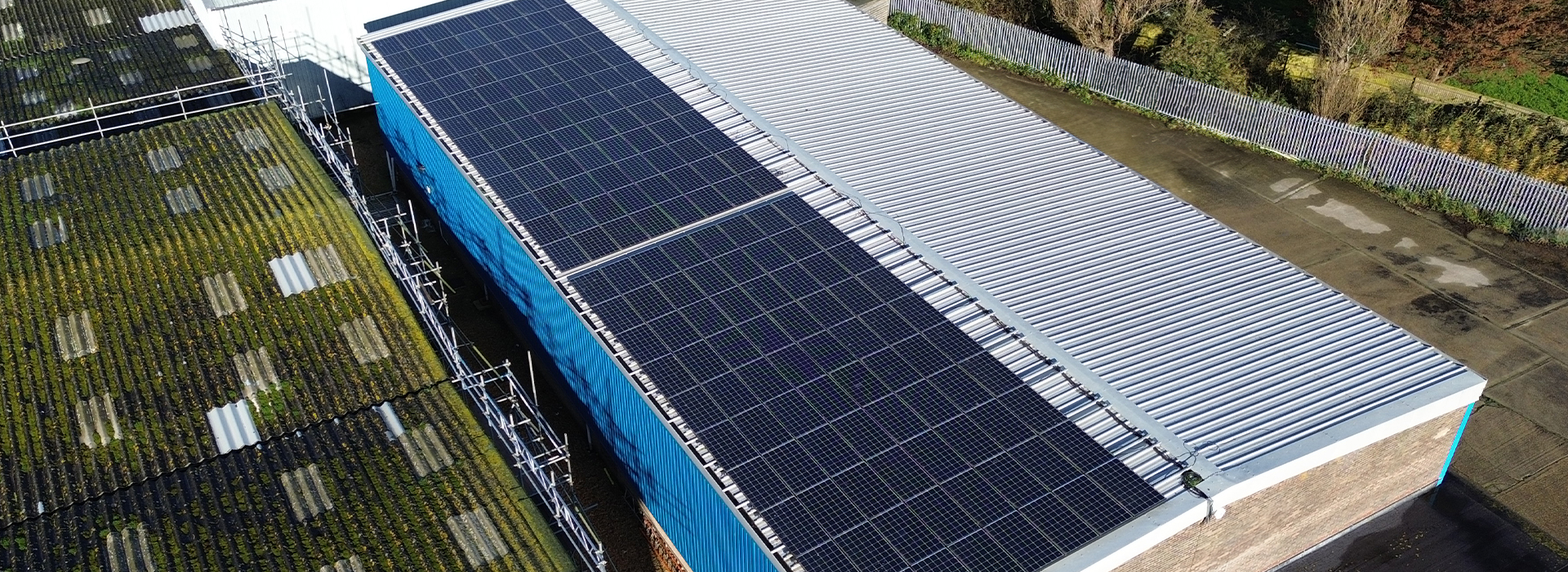In the rapidly expanding field of renewable energy, photovoltaic (PV) panels are becoming increasingly prevalent on industrial and commercial roofs. While harnessing solar power offers numerous benefits, it also presents unique safety challenges, particularly concerning fall protection for workers involved in installation and maintenance tasks. This article explores the critical importance of implementing robust fall protection systems to safeguard personnel and mitigate risks in rooftop solar installations.
Risks Associated with Photovoltaic Panel Installation
Installing and maintaining PV panels on rooftops involves working at significant heights, exposing workers to various hazards. Falls from elevated surfaces are among the leading causes of workplace injuries and fatalities, making fall protection a paramount concern in rooftop solar projects. Workers face risks such as slips, trips, and falls, which can result in severe injuries or even fatalities if proper precautions are not in place.
The Importance of Fall Protection Systems
Effective fall protection systems play a crucial role in mitigating the risk of falls and protecting workers from harm. By providing reliable safety mechanisms, such as guardrails, safety nets, and personal fall arrest systems, employers can create a secure work environment conducive to productivity and confidence among workers. Investing in robust fall protection measures demonstrates a commitment to employee safety and fosters a culture of responsibility within the organisation.
Types of Fall Protection Systems
Various fall protection systems are available to address the specific needs of rooftop environments. Guardrails and parapets offer passive protection by creating physical barriers along the edges of roofs, preventing accidental falls. Safety nets and harnesses provide active fall arrest systems, allowing workers to perform tasks with added security. Warning lines and control zones establish designated areas where fall hazards are identified and controlled, ensuring safe working conditions.
Design Considerations
Integrating fall protection measures into the design of photovoltaic systems is essential for ensuring structural integrity and worker safety. Engineers and architects must consider factors such as roof slope, load-bearing capacity, and equipment layout when designing rooftop installations. By incorporating fall protection features from the initial planning stages, potential risks can be mitigated, and safety standards upheld throughout the project lifecycle.
Installation and Maintenance Practices
Proper installation techniques and regular maintenance are critical for preserving the effectiveness of fall protection systems. Trained professionals should oversee the installation process, adhering to industry best practices and manufacturer guidelines. Routine inspections and maintenance checks help identify any issues or deficiencies in fall protection equipment, allowing for timely repairs or replacements as needed.
Cost vs. Benefit Analysis
While implementing fall protection measures incurs upfront costs, the long-term benefits far outweigh the initial investment. By preventing injuries and fatalities, businesses can avoid costly medical expenses, worker compensation claims, and regulatory fines. Additionally, fostering a safe work environment enhances employee morale and productivity, contributing to overall organisational success.
Case Studies and Success Stories
Numerous examples illustrate the positive impact of effective fall protection strategies in rooftop solar installations. Companies that prioritise safety and invest in comprehensive training programs have seen significant reductions in workplace accidents and injuries. By sharing success stories and lessons learned, industry stakeholders can inspire others to embrace proactive safety measures and prioritise worker well-being.
Training and Education
Providing comprehensive training for workers is essential for promoting safety awareness and minimising risks in rooftop environments. Training programs should cover topics such as hazard recognition, fall prevention techniques, and proper equipment usage. By empowering workers with the knowledge and skills to identify and mitigate fall hazards, employers can create a culture of safety that permeates throughout the organisation.
Industry Standards and Best Practices
Staying abreast of industry standards and best practices is crucial for ensuring compliance with regulatory requirements and maintaining safety standards. Collaborating with industry organisations and participating in professional development opportunities help organisations stay informed about the latest advancements in fall protection technology and safety protocols. By actively engaging with industry peers, businesses can exchange knowledge and implement innovative solutions to enhance workplace safety.
Conclusion
In conclusion, the importance of fall protection for photovoltaic panels on industrial and commercial roofs cannot be overstated. By prioritising worker safety and implementing robust fall protection systems, businesses can mitigate risks, prevent injuries, and ensure regulatory compliance. Investing in comprehensive training, adhering to industry standards, and embracing innovative solutions are essential steps toward creating a safe and productive work environment in rooftop solar installations.



